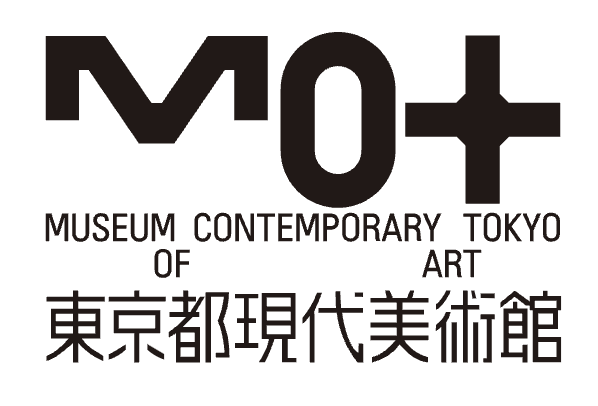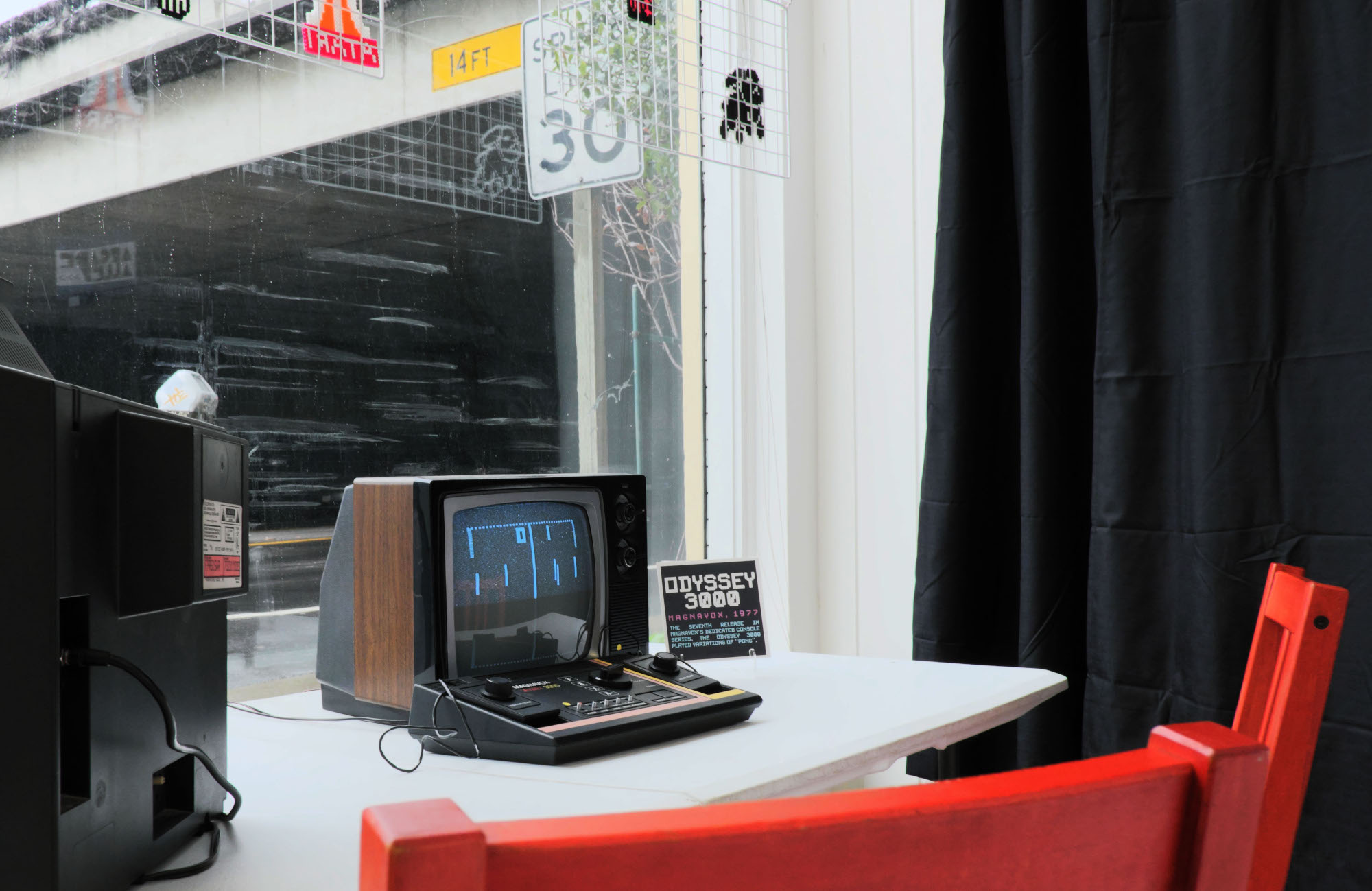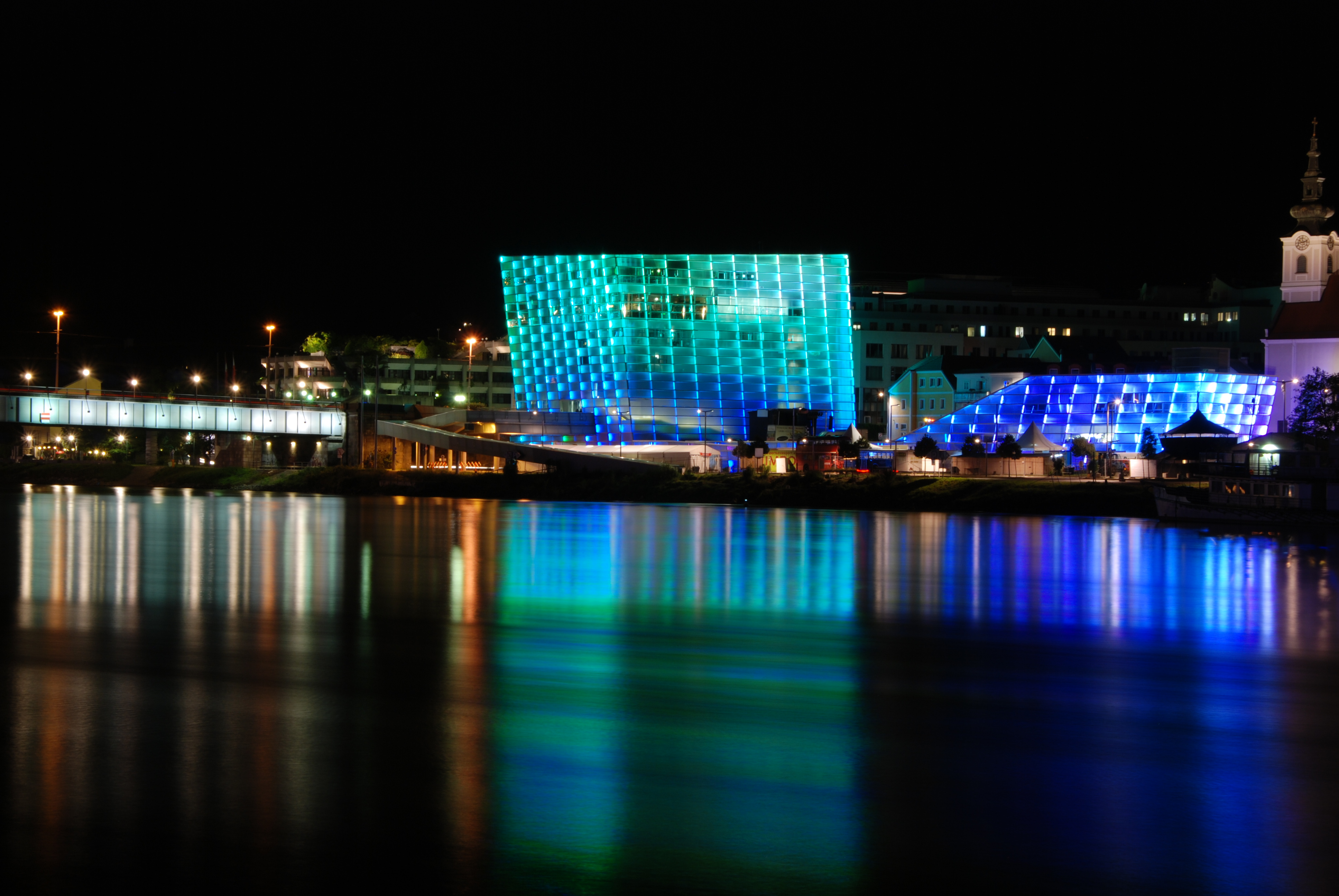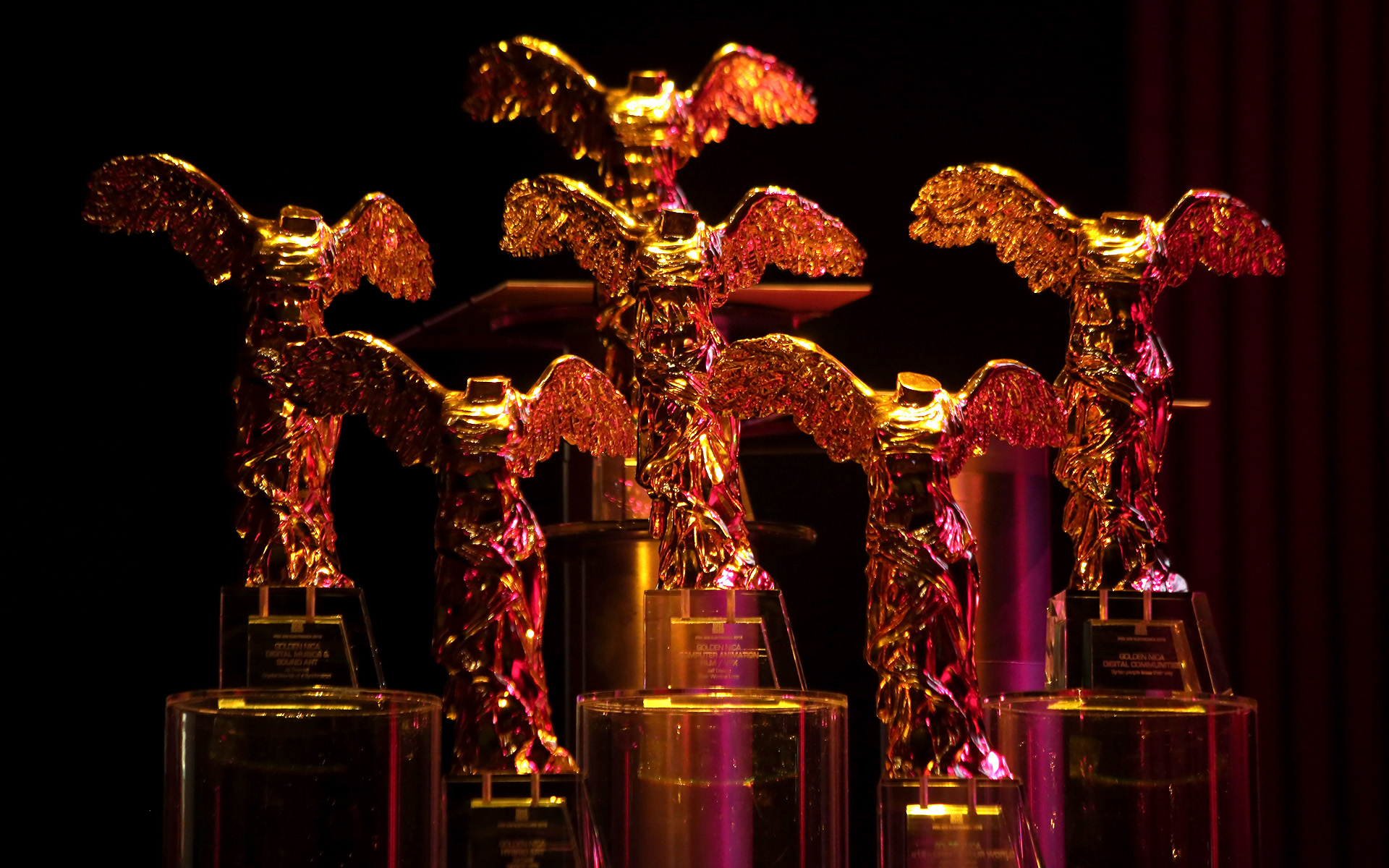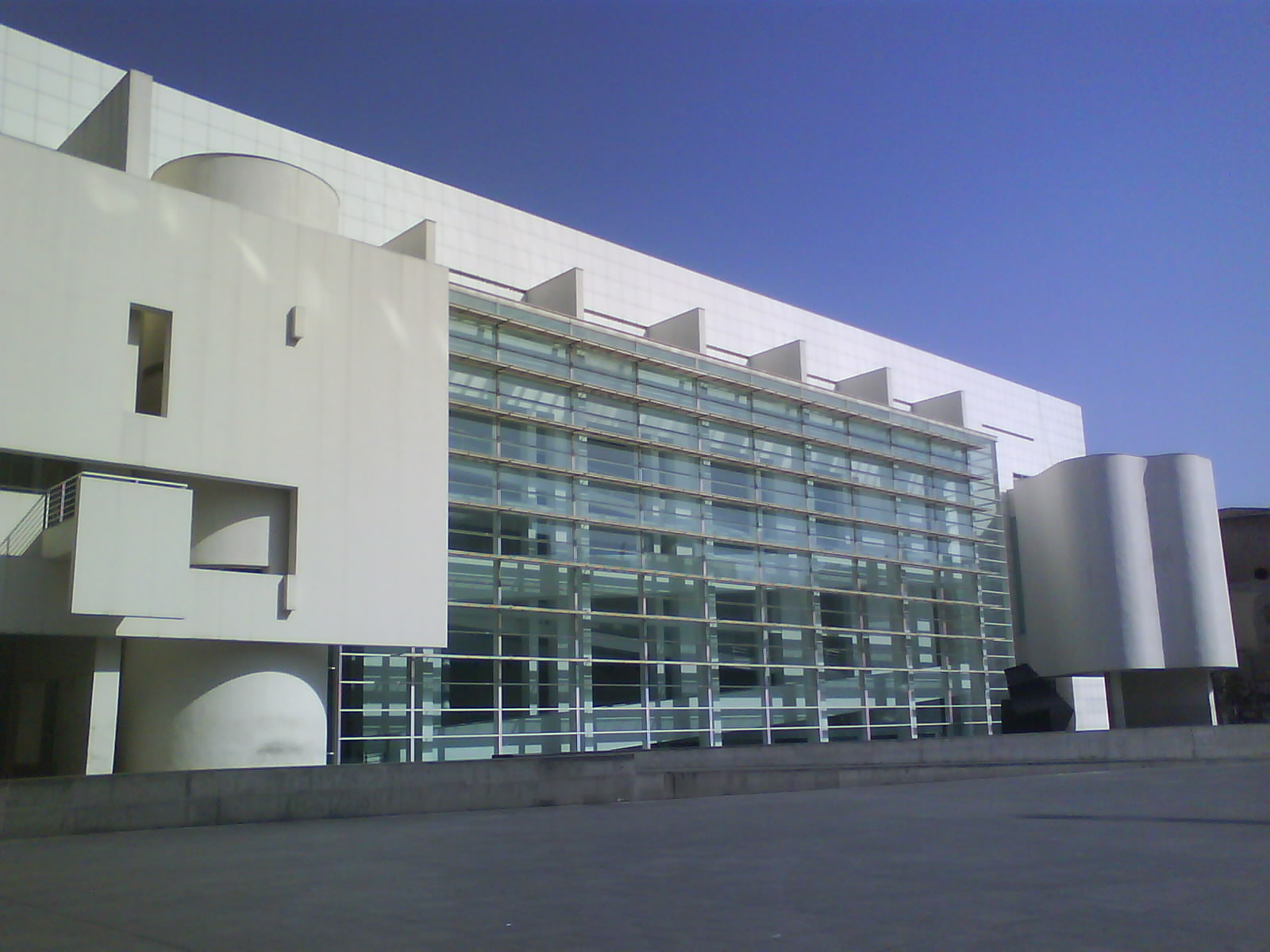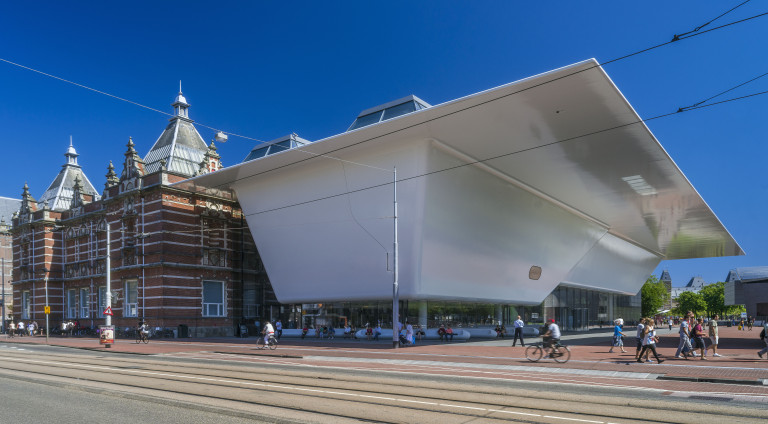With a collection of over 5,500 works of art and 270,000 book materials, the Museum of Contemporary Art Tokyo today conducts various projects to grasp the current state of art by actively addressing the latest creative endeavors, both at home and abroad, within a variety of fields. It attempts to meet the needs of wide range of visitors, its various departments collaborating in such areas as the collection of works/reference materials, the presentation of permanent/ temporary exhibitions, education and the maintenance of a comprehensive art library, working in the pursuit and promotion of art that is appropriate to the diversified values of the current age. [1]
The Museum of Art and Digital Entertainment was founded in 2011 as a non-profit dedicated to the preservation of our digital heritage in playable form, and to inspire the next generation of game developers. The MADE is a 501c3 non-profit. [1]
Despite having made a remarkable impact upon our modern culture, video games have largely been left out of the mainstream information preservation discussion. Aside from occasionally popping into the public consciousness, the day-to-day work of preserving our digital heritage in a form that can still be played is largely performed by loosely knit groupings of communities that operate somewhat outside the legal bounds of modern copyright laws. [1]
Thus, the MADE seeks to legitimize the preservation of video games as both a historic and artistic medium within the context of our time. Hence, visitors to the MADE can pay a single admission fee and then subsequently play any of our collection of over 12,000 games across 40 systems for as long as they may like. [1]
Rather than an arcade, the MADE is a bit more like a digital library, where research can be performed, history can be learned, and of course, flights of fancy and adventure can take place. [1]
Art, technology, society. Since 1979, Ars Electronica has sought out interlinkages and congruities, causes and effects. The ideas circulating here are innovative, radical, eccentric in the best sense of that term. They influence our everyday life—our lifestyle, our way of life, every single day.
The Festival as proving ground, the Prix as competition honoring excellence, the Center as a year-‘round setting for presentation & interaction, and the Futurelab and Ars Electronica Solutions as as in-house R&D facility extend their feelers throughout the realms of science and research, art and technology. Ars Electronica’s divisions inspire one another and put futuristic visions to the test in a unique, creative feedback loop. It’s an integrated organism continuously reinventing itself.
Ars Electronica Linz GmbH is an Austrian cultural, educational and scientific institute active in the field of new media art, founded in Linz in 1979. It is based at the Ars Electronica Center, which houses the Museum of the Future, in the city of Linz. Ars Electronica’s activities focus on the interlinkages between art, technology and society. It runs an annual festival, and manages a multidisciplinary media arts R&D facility known as the Futurelab. It also confers the Prix Ars Electronica awards.
The MACBA is an institution that combines the responsibility of looking back at the recent past (in art) and a role in building the future. It works through art and all while rejecting a single hegemonic narrative. [1]
The permanent collection of around 5,000 works (up from 1,100 works at the time of the museum's opening in 1995) dates from the mid-20th century onward. There are three periods of modern art represented: the first one covers the forties to the sixties; the second spans the sixties and seventies; the third period is contemporary. The collections focus on post-1945 Catalan and Spanish art, although some International artists are also represented. [2]
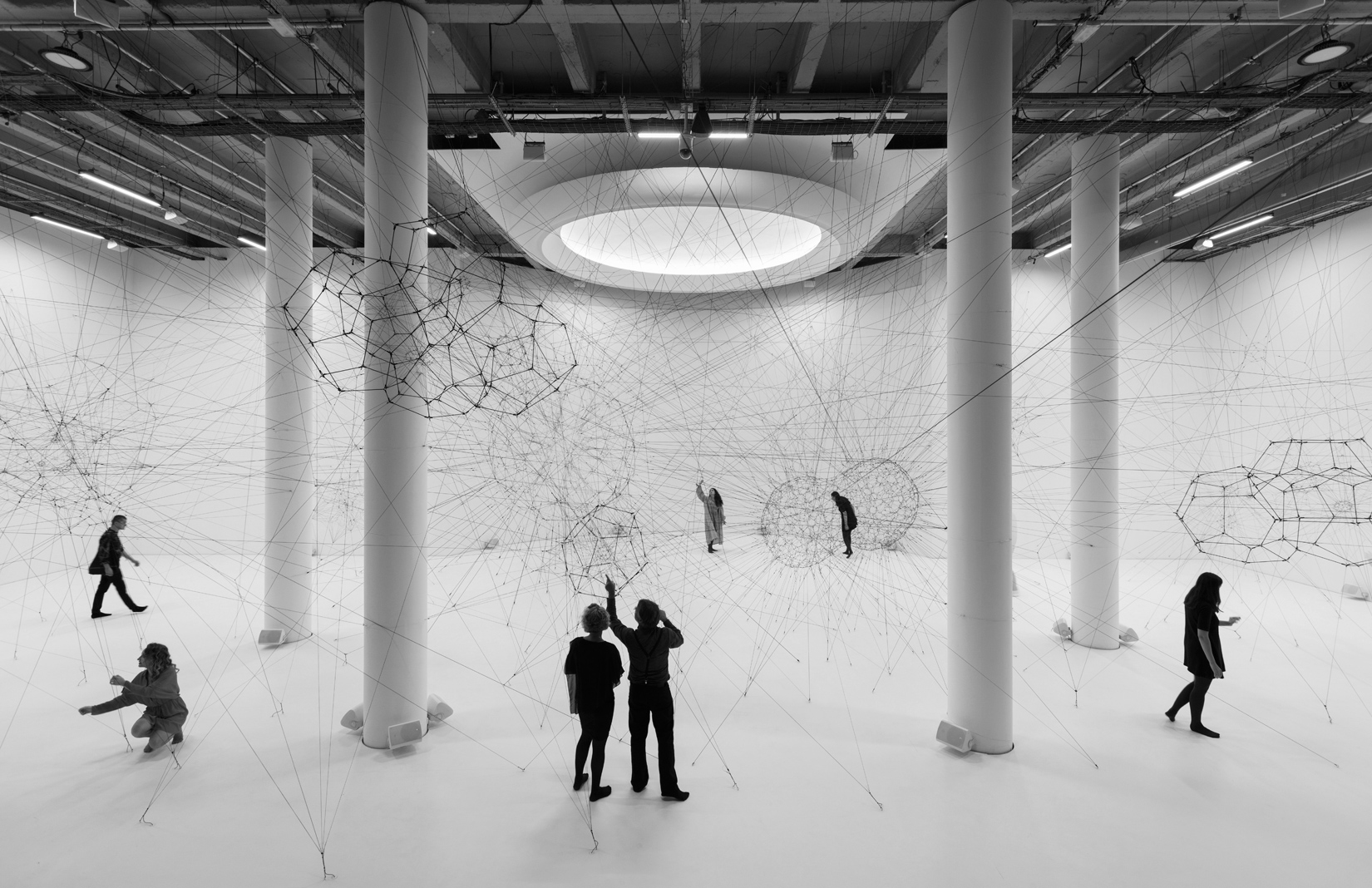 Tomás Saraceno, ‘ON AIR’ solo exhibition at Palais de Tokyo, Paris, 2018, curated by Rebecca Lamarche-Vadel. Courtesy the artist; Andersenís, Copenhagen; Esther Schipper, Berlin; Pinksummer Contemporary Art, Genoa; Ruth Benzacar, Buenos Aires; Tanya Bonakdar Gallery, New York. © Photography Andrea Rossetti, 2018.
Tomás Saraceno, ‘ON AIR’ solo exhibition at Palais de Tokyo, Paris, 2018, curated by Rebecca Lamarche-Vadel. Courtesy the artist; Andersenís, Copenhagen; Esther Schipper, Berlin; Pinksummer Contemporary Art, Genoa; Ruth Benzacar, Buenos Aires; Tanya Bonakdar Gallery, New York. © Photography Andrea Rossetti, 2018.
 Emmanuelle Lainé, Le plaisir dans la confusion des frontières, 2014 Photographies in situ, installation d’objets Courtesy of the artist — Photo © André Morin
Emmanuelle Lainé, Le plaisir dans la confusion des frontières, 2014 Photographies in situ, installation d’objets Courtesy of the artist — Photo © André Morin
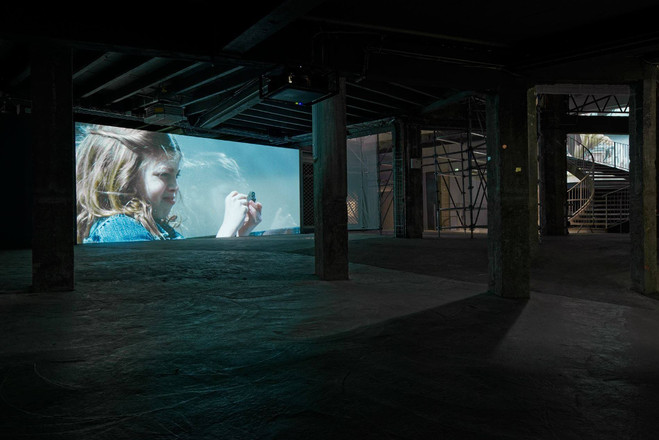 Jesper Just Vue de l’exposition au Palais de Tokyo Courtesy of the artist
Jesper Just Vue de l’exposition au Palais de Tokyo Courtesy of the artist
The Palais de Tokyo (Palace of Tokyo) is a building dedicated to modern and contemporary art, located at 13 avenue du Président-Wilson, near the Trocadéro, in the 16th arrondissement of Paris. The eastern wing of the building belongs to the City of Paris, and hosts the Musée d'Art Moderne de la Ville de Paris (Museum of Modern Art of the City of Paris). The western wing belongs to the French state and since 2002 has hosted the Palais de Tokyo / Site de création contemporaine, the largest museum in France dedicated to temporary exhibitions of contemporary art. [1]
Dedicated to both emerging and established artists from France and around the world, the Palais de Tokyo’s programming is punctuated by thematic and monographic exhibitions, large-scale artistic interventions, and carte blanche invitations to artists who take over the entirety of the space. Each season is accompanied by completely new transformations within the Palais, as artists welcome visitors into the heart of their practice, renewing their relationship to art. [2]
Open to all disciplines and with the ambition to explore all realms of artistic expression – from performance to fashion to arts and crafts and more – Palais de Tokyo has also developed a cultural program at the intersection of movement, sound, and language, and in 2015 launched the annual “DO DISTURB” festival. [2]
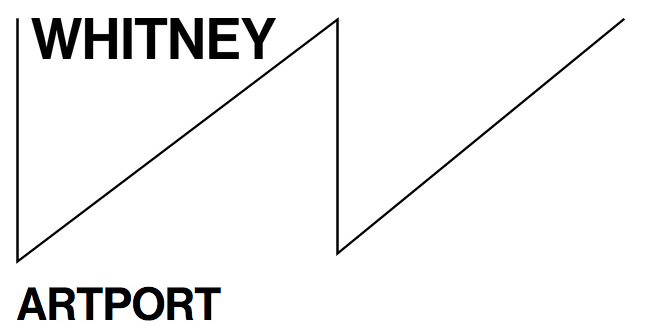
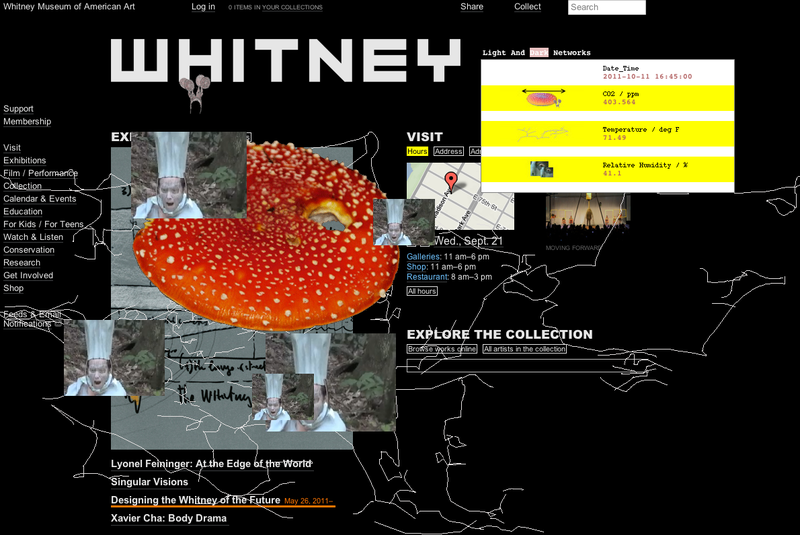 Ursula Endlicher, Light and Dark Networks, 2011.
Hear from curator Christiane Paul and artists Mendi and Keith Obadike, Andy Deck, and Katherine Moriwaki and Jonah Brucker-Cohen about the history of net art at the Whitney Museum.
Ursula Endlicher, Light and Dark Networks, 2011.
Hear from curator Christiane Paul and artists Mendi and Keith Obadike, Andy Deck, and Katherine Moriwaki and Jonah Brucker-Cohen about the history of net art at the Whitney Museum.
Artport is the Whitney Museum's portal to Internet art and an online gallery space for commissions of net art and new media art. Originally launched in 2001, Artport provides access to original art works commissioned specifically for Artport by the Whitney, documentation of net art and new media art exhibitions at the Whitney, and new media art in the Museum's collection. [1]
